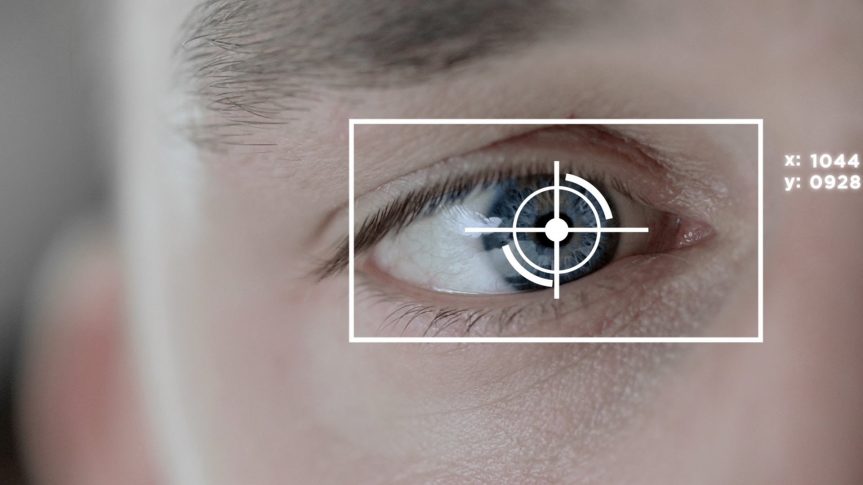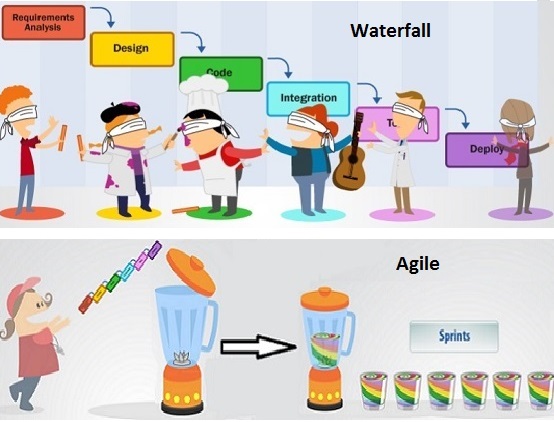UML. Unified Modeling Language. Shortly, it’s a visual modeling language. It’s very common for business analysts, software architects and developers to use it. It helps provide guidance for team’s activities (specific developers) and can also help monitor and measure team progress!
Used software engineering in general, but more specifically in object-oriented software, it shows an application structure.
This will basically help you visualize your classes, and easily communicate to others the structure and content of a class, or indications of what these should be.
As an example, this is what an UML class diagram for some “Employee” class would look like:
Nice, huh?
- The top rectangle contains the name of the class desired.
- On the next rectangle we can see its instance data, its state.
- But we also need specifications for Employee’s behavior (methods needed to access its information), and so it’s specified on the next rectangle. Here you can see a constructor method, as well as some getters. Setters are not specified, but they would also be listed in this rectangle.
- Did you see the signs at the start of each line of these last 2 rectangles?
- MINUS means private!
- PLUS means public
There are 14 types of UML diagrams, though. Here’s a list of some of them:
- class diagram
- use case diagram
- object diagram
- sequence diagram
- state machine diagram
- activity diagram
- package diagram
All 14 types can be classified into 2 main categories: structure diagrams and behavioral diagrams. Structure diagrams shows the different objects in a system, whereas behavioral diagrams describe how objects interact with one another…
Authors: Carlos Martell, Hermes Espinola, Jesús Alvarez, Juan Melendres & Alejandro Güereca
To take your reading one or many steps further, you can start reading through these sites, our sources for this post:






